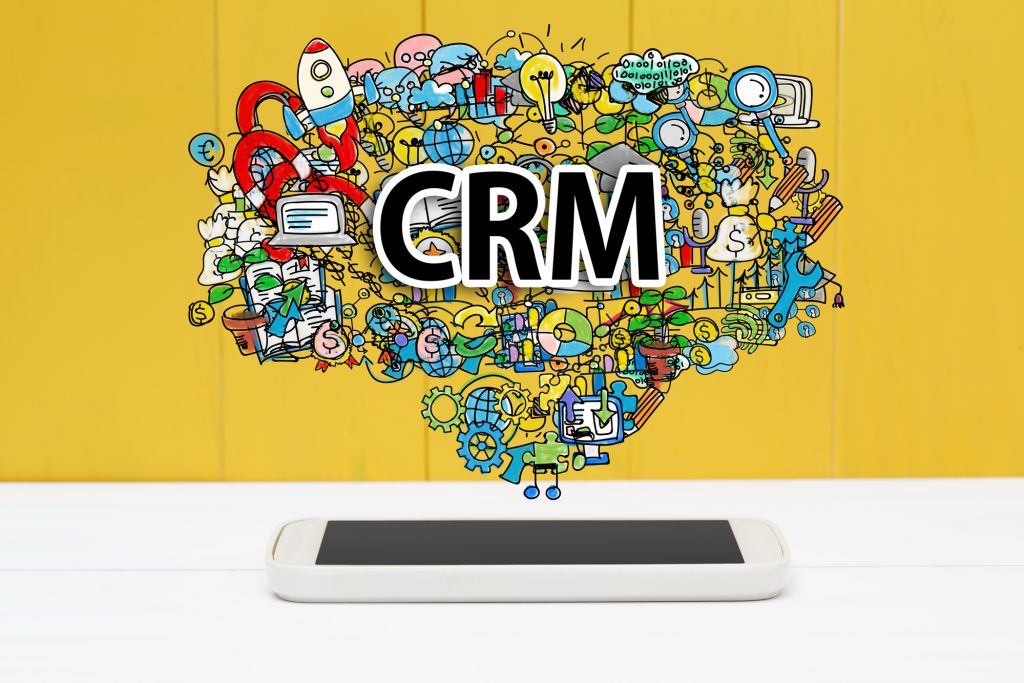You’ve signed up for a fancy new cloud-based online CRM software. This new system will help you manage sales like nobody’s business, keep up with every last lead, and boost your customer service. There’s just one problem. It hasn’t worked out that way.
Instead of the super-efficient system you imagined, your cloud is a mess. It’s hard to find anything in there. The information you’ve stored is no neater than an old Rolodex, but instead of sitting on your desk, it’s an invisible mess somewhere in the cloud.
The Problem with Cloud-Based Storage
Cloud-based storage sounds great in theory. You have just about unlimited storage without taking up any physical space. There’s just one problem. Digital tools aren’t a substitute for good organization.
There’s great potential for humans to organize their information more efficiently with digital tools. But potential doesn’t translate into reality unless we take action. People tend to get lazy when it comes to digital organization. But with the vast amount of information we can now store, digital organizational systems are vital.
Instead of the super-efficient system you imagined, your cloud is a mess. It’s hard to find anything in there. The information you’ve stored is no neater than an old Rolodex, but instead of sitting on your desk, it’s an invisible mess somewhere in the cloud.
How Do I Manage an Online CRM for Sales Teams?

Tools don’t make us more productive or organized. But using those tools as part of a larger system does. Your first step to a manageable CRM is to establish a system and get everyone on the same page.
Establish a Consistent System
The first requirement for CRM management is consistency. Everyone using the CRM should enter the same information on a contact. Establish what information is vital to have on each contact and what information should be added as your contact moves from lead to customer. Stick to a standard system and leave a brief field for additional notes if you must. Personalized notes can be useful, but not if they prevent users from quickly accessing essential information.
After you establish what information needs to go into your system, decide on the when. When should your sales team enter information into the system? Ideally, users should add or update contacts as soon as they obtain this information. Consider the structure of your sales department and whether this is feasible. If not, set a time frame and hold everyone to it.
The final key to consistency is to enforce your system. Expect the same of everyone on your team, including yourself.
Ensure Adequate Online CRM Training
If your new system requires significant changes to current practices, consider holding a training. Here you can ensure that everyone is comfortable with the system and able to complete everything you ask of them.
During the first few months, you also need to provide support as needed. The amount of support will depend on your team’s familiarity with your online CRM and the complexity of your system. In almost any case, expect an adjustment period with occasional mistakes and a need for reminders. In time, your experienced team members will be able to support newer employees and keep your system consistent.
Segment Your Contacts (And Update as Needed)
Gone are the days when you threw every contact into an alphabetical Rolodex. An online CRM for sales teams gives them the capacity to organize contacts in several, more targeted ways. Segment your existing contacts first, grouping them by their placement in the buyer’s journey, purchasing habits, or other categories relevant to your business.
When a change occurs, have a team member immediately update the contact and add them to the appropriate category or categories. Your system should be clear and easy to update so users have no trouble making a quick change in your CRM.
An online CRM for sales teams gives them the capacity to organize contacts in several, more targeted ways. Segment your existing contacts first, grouping them by their placement in the buyer’s journey, purchasing habits, or other categories relevant to your business.
Automate Whenever Possible
We’ve talked a lot about what you need to do to use an online CRM for sales teams effectively. But you don’t need to do all the work. A key component of modern CRMs is the ability to automate. Take full advantage of automation and both you and your team should come to appreciate, rather than resent your system.
CRMs can automate data entry by pulling information from sources like email and social media profiles. It can nurture leads by sending follow-up emails and grouping leads based on behavior. CRMs are also a powerful customer service supplement. You can set up your system to respond to a customer at any time of day and provide support suggestions based on keywords.
Using a cloud-based CRM shouldn’t be a hassle. Take steps to manage your contacts, stick with consistent standards, and automate mundane tasks and an online
CRM can become everything you thought it would be.